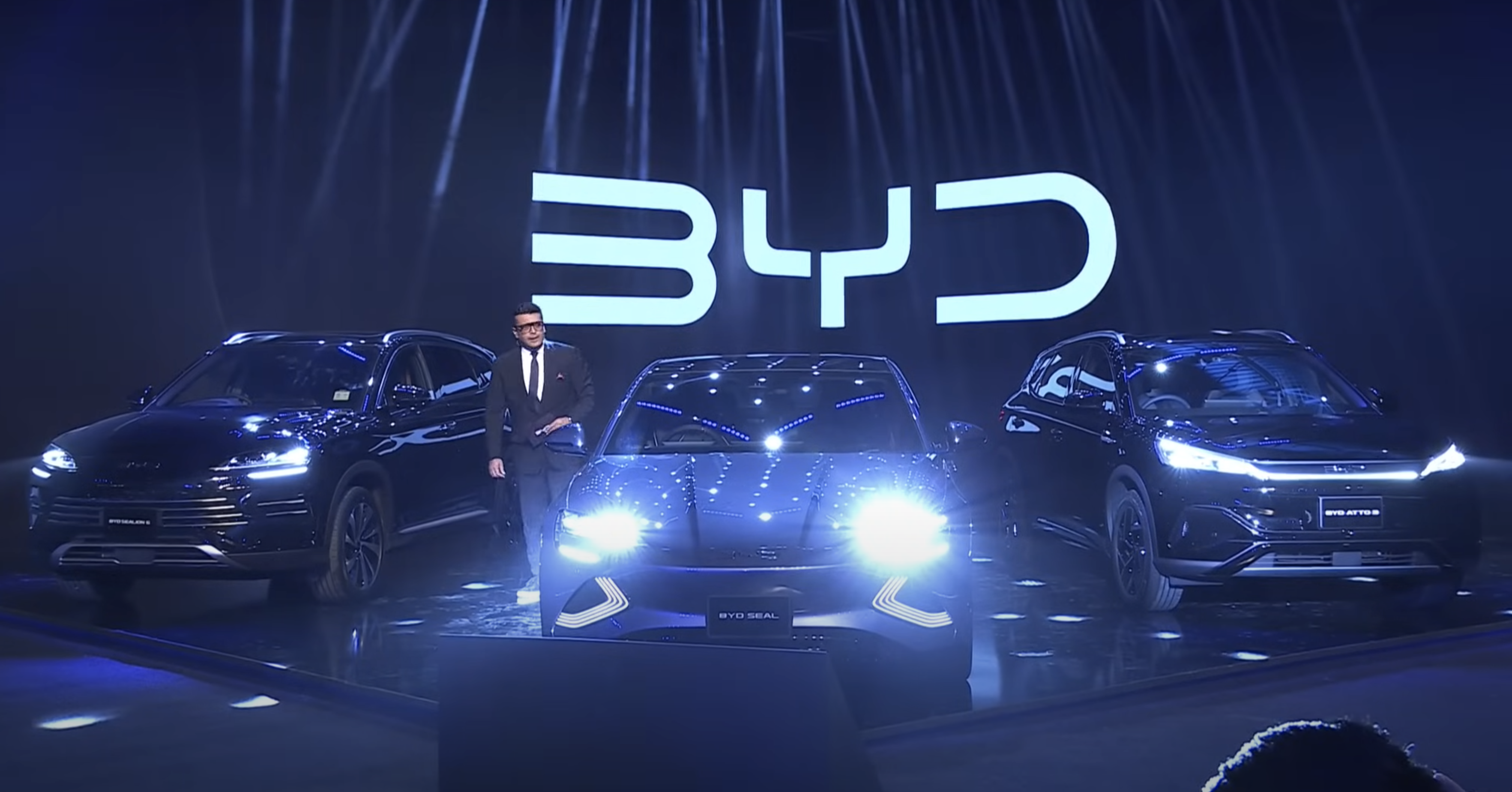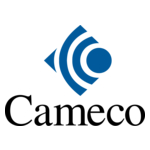Sign up for daily news updates from CleanTechnica on email. Or follow us on Google News!
One size does not fit all, building retrofit programs should be designed at a community level to ensure low-middle income homes don’t get left behind. A new guidelines doc co-authored by NRDC with partners helps set up community-driven retrofit programs.
Federal funding from the climate law will soon begin to flow into new incentive and financing programs for sealing up drafty homes and installing efficient, all electric heating and cooling systems and appliances. This is a winning investment because pollution from existing inefficient buildings is a huge contributor to climate change. Addressing these emissions can deliver both health and affordability benefits but to maximize the impact of these investments, funds must go to the people and communities who need them most. Historically, energy upgrade programs have not adequately served disadvantaged communities, but we can fix that.
A new guide co-developed by NRDC with our partners, Guidelines for Maximizing the Benefits of Federal Investments in Buildings, explains how designing and running building energy upgrade programs at the community level can ensure low-income communities are effectively served while maximizing the impact of Federal and other state and local resources.
Read more about new funds for buildings from the climate law, or The Inflation Reduction Act.
How to Serve Communities “Left Behind” on Energy
Current approaches to energy efficiency programs have left too many people behind. Energy affordability is a top concern for tens of millions American households facing hardship to pay energy bills. Yet, utility energy savings program funding has gone down in recent years, stagnating potential savings. Additionally, light touch approaches to program design that focus on quick and easy low-cost measures have only scraped the surface of potential savings and have failed to meaningfully tackle high energy bills. Meanwhile, since the pandemic, utility profits have soared at the same time as utility shutoff rates, which tracks with a parallel trend in rising evictions.
Communities need better programs that meet their specific needs and allow for meaningful upgrades to their homes, businesses, and community facilities that improve affordability, health, and safety, as well as reducing GHG emissions.

Key Features of Community-Driven Building Retrofit Programs
- Design and run buildings energy upgrade programs at a community level to ensure low-income communities are effectively served. In underinvested or marginalized communities, additional barriers include language, cultural sensitivity, and potential distrust or fatigue from door knocking. One size does not fit all, and communities are best positioned to understand how to address key barriers.
- Provide a single point of access to help property owners and households with every step of the building retrofit process. It is very difficult for community members to navigate the patchwork of resources available to them from their state, utility, or Federal sources. These types of one-stop-shop approaches have been resulted in up to seven times more uptake in building retrofits than more traditional program models.
- Provide funding to address health and safety issues that often prevent the properties that need the most upgrades from accessing energy upgrade programs. Older homes with structural deficiencies may need roof repairs or updated electrical wiring that exceed the allowable costs. This is not uncommon, for example in Michigan, it is estimated that 25% of households can not qualify for energy efficiency programs due to high so called ‘health and safety’ upgrades. It is also crucial to address any indoor air pollutants like mold before sealing up drafty homes.
- Combine existing and identify new funding sources to provide sufficient funding for holistic retrofits. With more funding, programs can reach more households and go deeper to tackle the energy saps, such as adding insulation, sealing doors and windows, and lower costs for high efficiency electric swap outs.
We can do better. Communities deserve access to programs that address the unique barriers they face, technical assistance to navigate the very complex landscape of resources and professionals necessary to get work done, and sufficient funding to address health, safety, affordability, and emissions. With unprecedented new federal funding, the time has never been better to make building upgrades more inclusive and beneficial to those who need it most.
To accomplish this, we need federal, states, cities and utilities to apply flexibility and make the right decision to purposefully create community-driven retrofit programs and ensure funding can serve those who need it most. The potential impact is huge. If 25 regions were to launch community-driven building retrofit programs by 2030, the results could create equitable access to clean energy, reduce energy poverty and yield health benefits and new jobs. It’s time for a new approach to building upgrades.
The Guidelines for Maximizing the Benefits of Federal Investments in Buildings was co-authored by Buildings Electrification Institute, Elevate, Emerald Cities Collaborative, Greenlining Institute, Greenlink Analytics, NRDC & Rising Sun Center for Opportunity and published by Elevate here.
Originally published on NRDC.org blog. By Irene Nielson.
Have a tip for CleanTechnica? Want to advertise? Want to suggest a guest for our CleanTech Talk podcast? Contact us here.
Our Latest EVObsession Video
I don’t like paywalls. You don’t like paywalls. Who likes paywalls? Here at CleanTechnica, we implemented a limited paywall for a while, but it always felt wrong — and it was always tough to decide what we should put behind there. In theory, your most exclusive and best content goes behind a paywall. But then fewer people read it!! So, we’ve decided to completely nix paywalls here at CleanTechnica. But…
Thank you!
CleanTechnica uses affiliate links. See our policy here.




